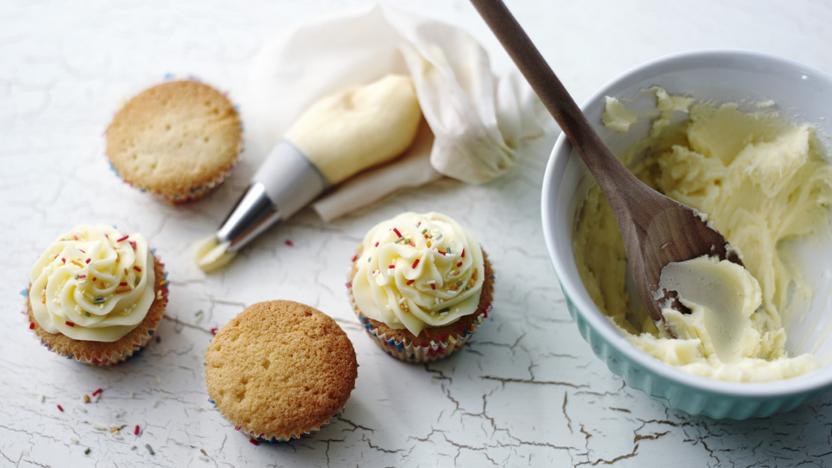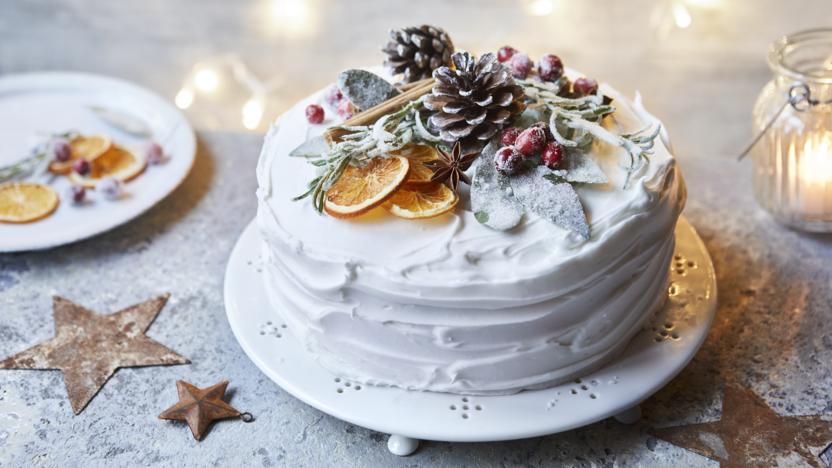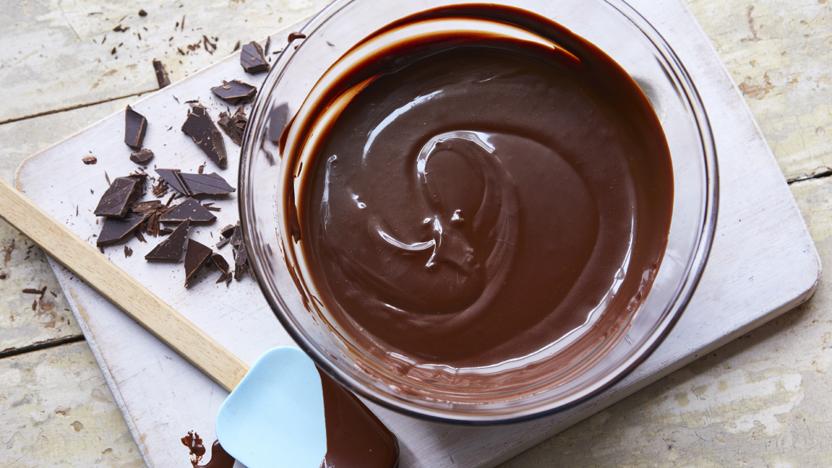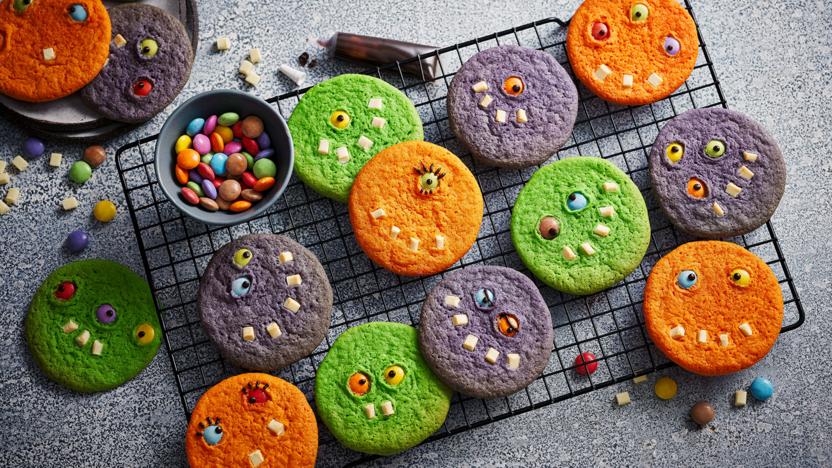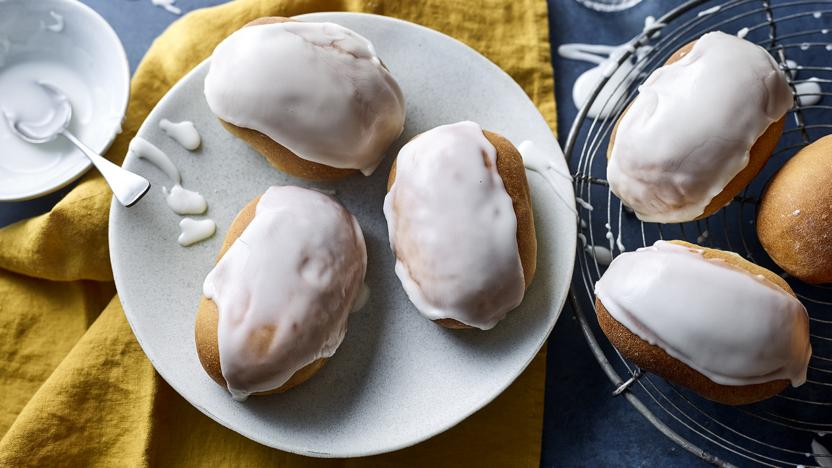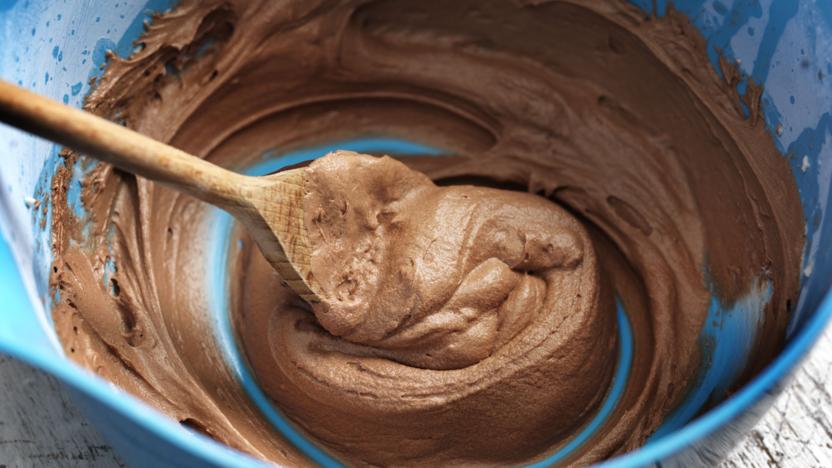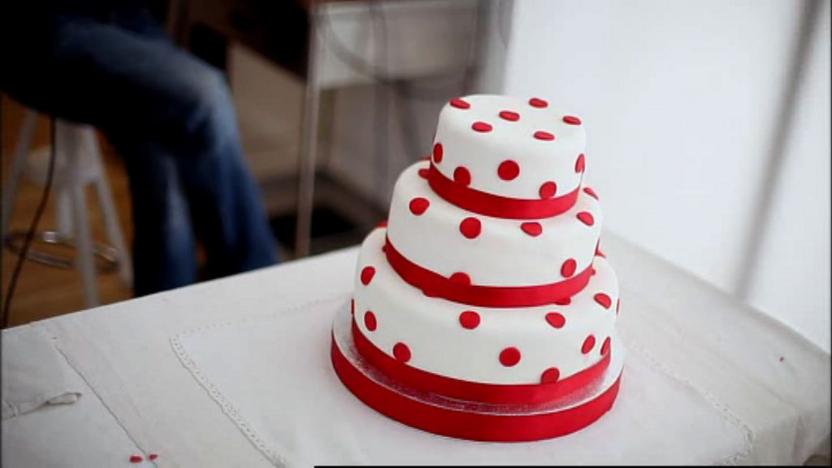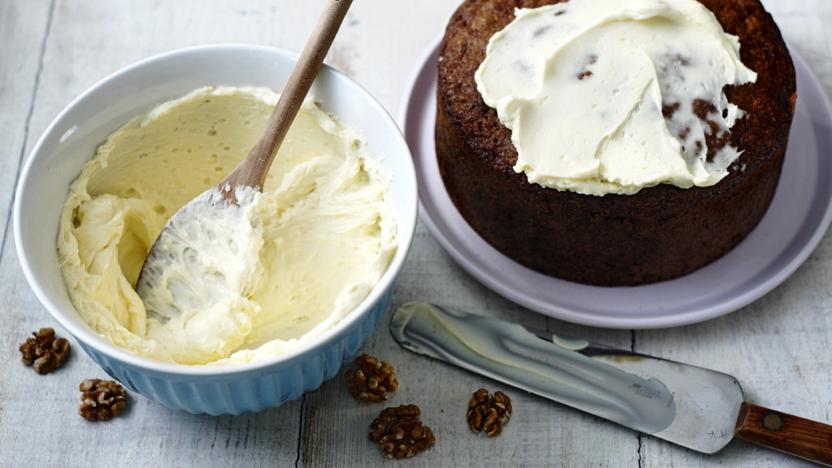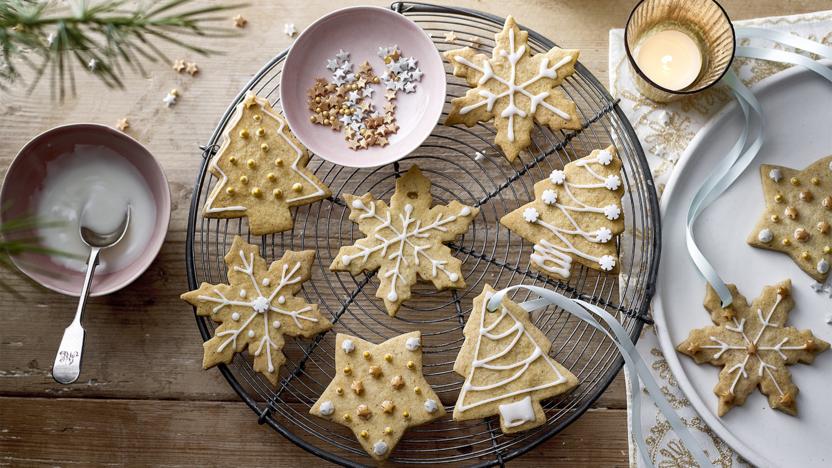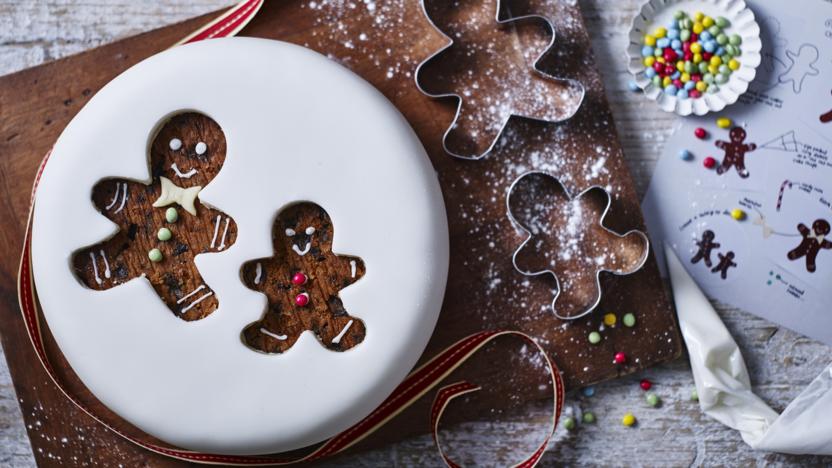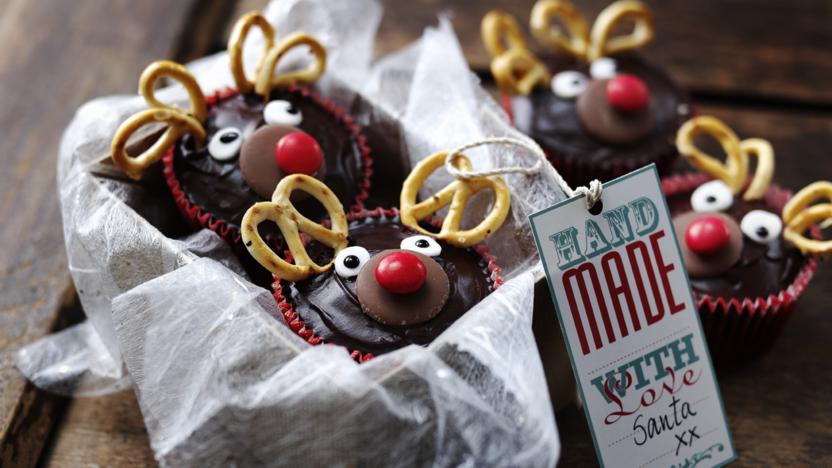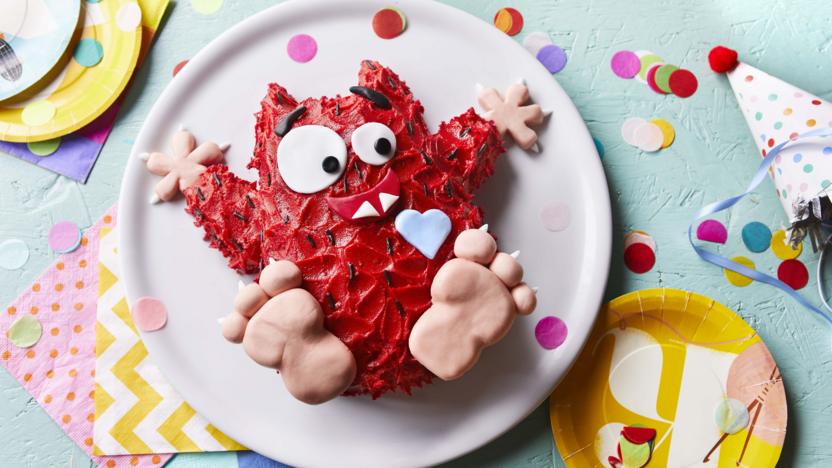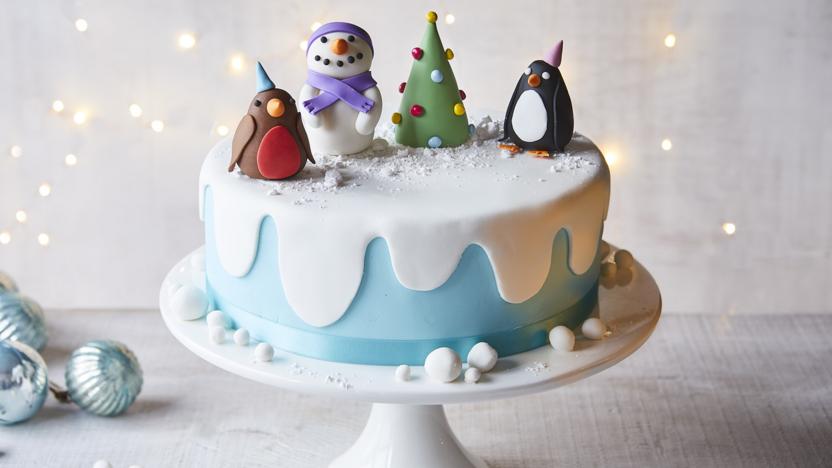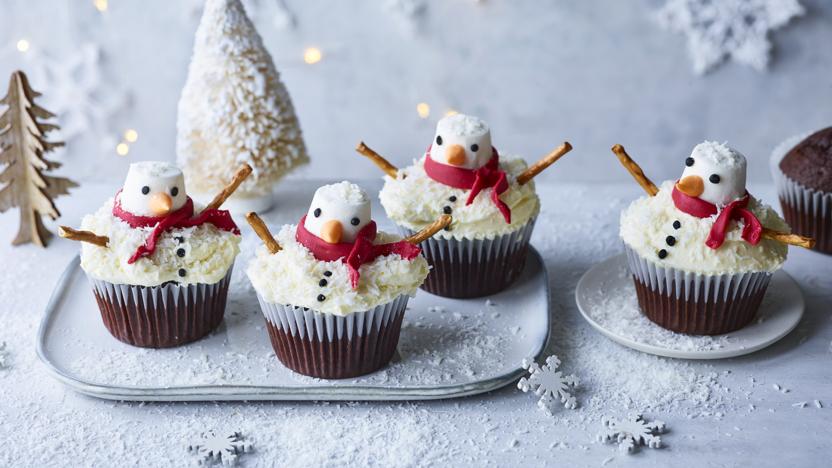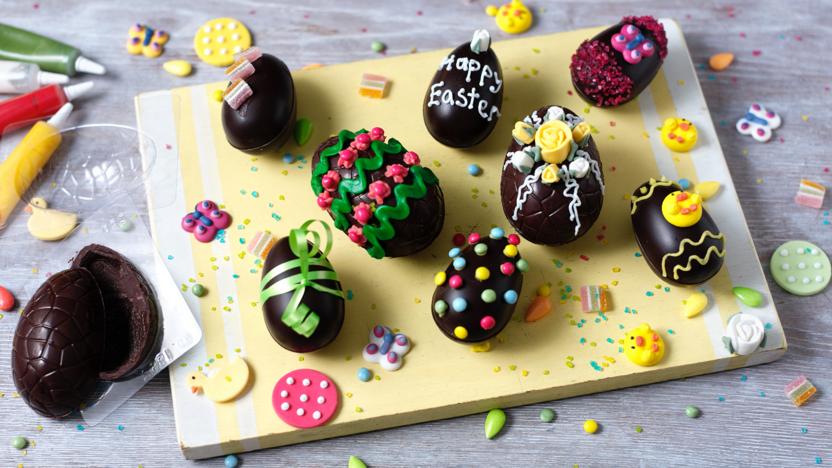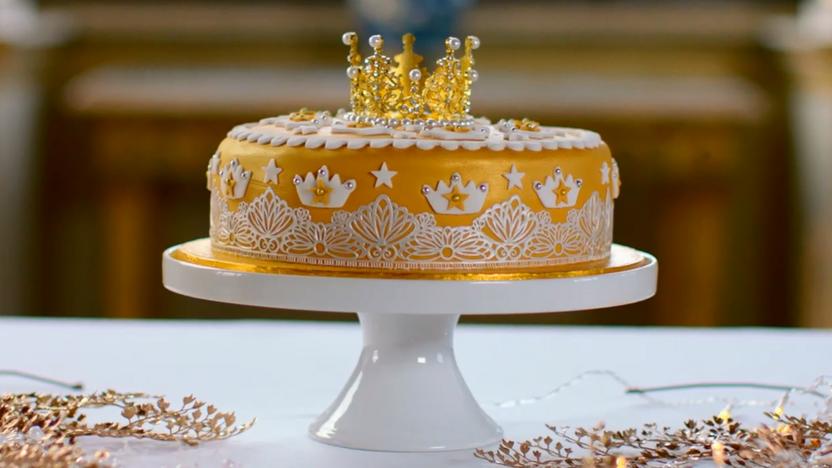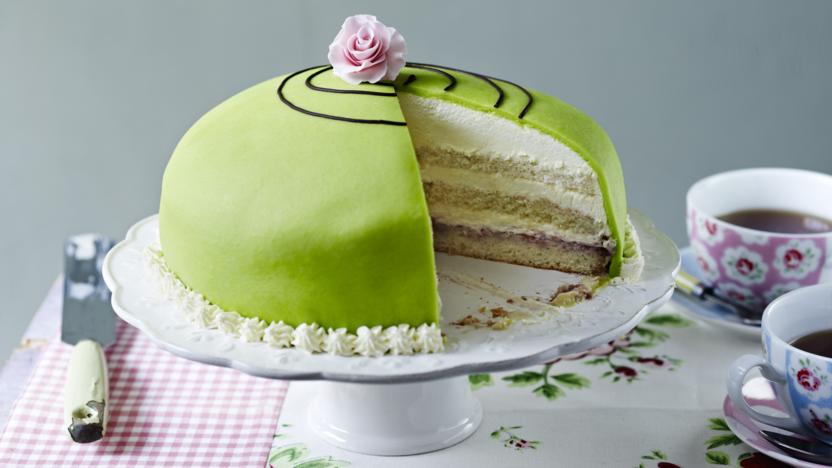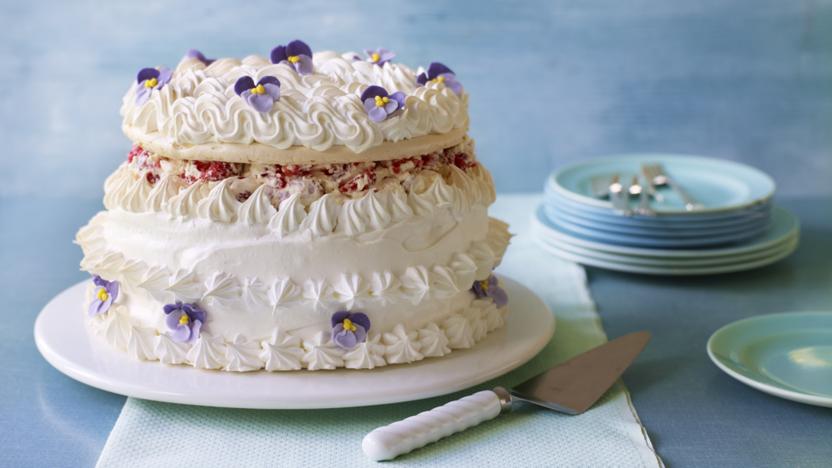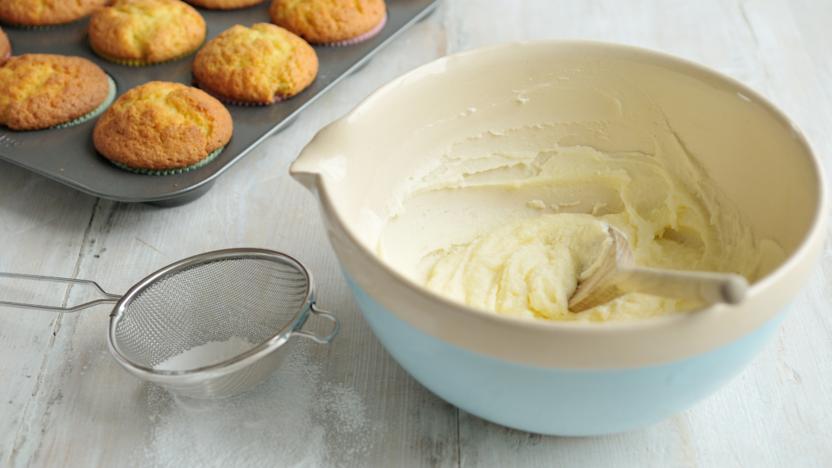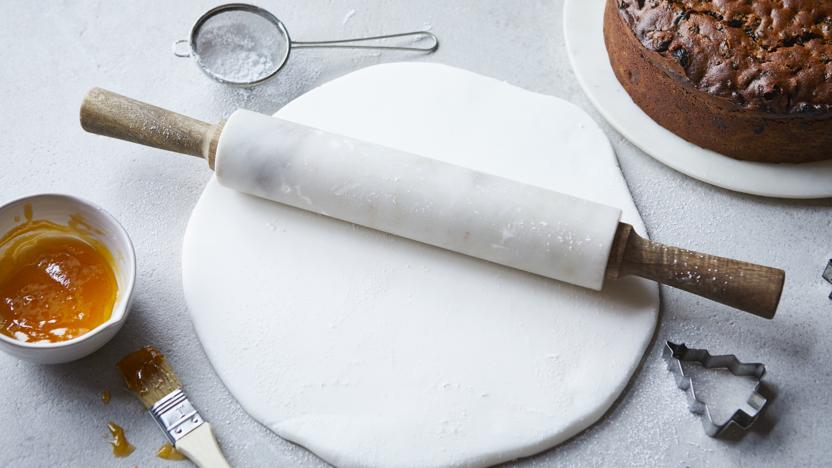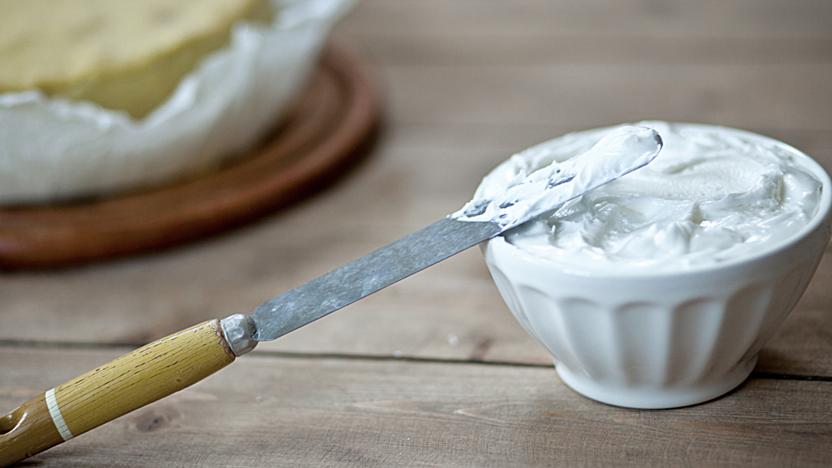Icing recipes
Icing is a sugar-rich coating usually used to glaze or decorate cakes, buns, biscuits and pastries. Soft, creamy icings are used to top or fill sponge cakes while stiffer icings can be rolled and used to cover fruit cakes, or shaped into decorations. Butter, water, fruit juices, cream cheese and egg whites can all be mixed with icing sugar to create different icings, while food dye adds a splash of colour.
Six simple steps to the perfect buttercream frosting for your cupcakes. It makes a delicious icing for cakes too!
More icing recipes
Buyer's guide
Ready-made icing can be bought from most supermarkets, but it is easily made at home: the core ingredient, icing sugar, is widely available. When making fat-based icings such as buttercream, use full-fat butter or margarine because low-fat substitutes such as spreads or margarines will not hold air well and result in icing that’s too soft or loose.
Storage
Most icings will store in the fridge for up to two weeks, or freeze for up to two months. Allow the icing to return to room temperature before using; you may want to lightly whip the icing again to loosen the texture slightly. You can freeze iced cakes, too: first freeze the cake, unwrapped; once frozen, cover it in cling film and aluminium foil and return to the freezer.
Preparation
Piping bags are useful for decorating cakes with soft icings, though a plastic bag with a small corner snipped off will also do the job. Use a flexible palette knife to spread soft icing evenly over cakes: lightly dust the surface of the cake with icing sugar beforehand to keep the icing from sliding around (this will also prevent the icing from soaking through to the cake as readily).
Other considerations
Because some icings (such as Italian buttercream or royal icing) may include raw eggs, they may not be suitable for the very young, the elderly, and pregnant women because of the risk of salmonella. Use the freshest eggs you can or, if you prefer not to use raw egg whites, meringue powder or pasteurised egg whites can be substiuted into the recipe.
